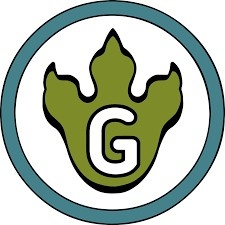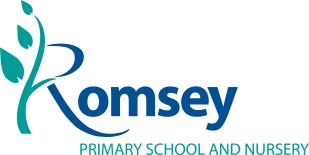New approach to spelling at RPS!

We'll be focusing on etymology and morphology in spelling, which means understanding where words come from and how words are made up of smaller parts called morphemes, such as:
- Base – the core part of a word that carries meaning (e.g. help, move, play)
- Affix – a morpheme that is either a prefix or a suffix
- Prefix – a part added before the base to change its meaning (e.g. un-, re-, mis-)
- Suffix – a part added after the base to change its form or meaning (e.g. -ed, -ing, -ful, -ness)
- Stem – a word part that includes a base and may also contain other morphemes (e.g. lovely, dangerous, laziness)
What will students be doing?
- Building words using bases, stems and affixes
- Learning the etymology of words – understanding their origins, historical roots, and language journey
- Exploring how morphemes change the meaning of words
- Using word matrices to see how one base can create many new words. A word matrix is a chart that shows how one base can grow into many new words using different prefixes and suffixes. It helps children see spelling patterns and deepens their understanding of word meanings
- Writing word sums (e.g. run+ing = running, help+ful = helpful, drive+er = driver)
- Directly applying new spelling knowledge in their writing units
Learning four key spelling rules for adding suffixes:
- Double the final consonant letter when a word ends in a CVC pattern, then add the vowel suffix.
- Drop the final silent e vowel letter, then add the vowel suffix.
- Change the final letter y after a consonant letter to i, then add the suffix (except -ing).
- Just add the suffix.
How you can help at home
We encourage a creative and playful approach to spelling rather than learning word lists. Here are some fun ways to support your child:
- Practise phonics to help spell common bases correctly, especially high-frequency ones like ‘look’, ‘call’, ‘read’, ‘watch’, etc.
- Take a simple base like ‘play’, ‘jump’, or ‘walk’, for example. Using word sums, see how many new words you can make with different prefixes and suffixes:
- play+ed = played
- play+er = player
- re+play = replay
- un+play+able = unplayable
- Practise breaking words into word sums to see how words are made:
- walked = walk+ed
- biker = bike+er
- watching = watch+ing
- Choose a new base that you have learnt, maybe of Latin or Greek origin, and explore how many prefixes and suffixes you can add
Why morphology matters
Learning about morphemes helps children:
- Improve their spelling by recognising patterns not just sounds – for example, learning that the suffix -ed is the correct way to spell past tense verbs helps avoid mistakes like ‘checkt’ or ‘needid’
- Understand word meanings
Knowing the meaning of a base (like ‘move’) helps children make sense of related words like ‘remove’, ‘mover’, or ‘movement’
- Expand their vocabulary and improve reading comprehension more easily
As they begin to recognise familiar word parts, they can make sense of new words on their own, supporting reading and learning.
Find out more about the English language and why this approach to spelling important for our children.Spelling with Grammarsaurus - The History of the English Language






